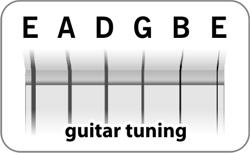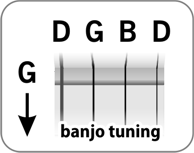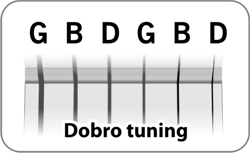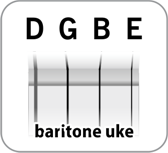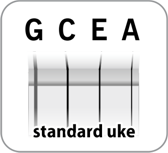Commandment II: Keep the Beat
Assuming your instrument is in tune, strumming the strings “open” (without pressing down any of the strings with your rightleft hand) will produce a G chord. Easy!
(Thus, no supplemental video for your instrument. If your G chord sounds bad, your instrument must be out of tune.)
Note: This course was not designed to accommodate the bass fiddle. Please consider following along with another instrument, like the guitar.
That said, to play along with a G chord here, just alternate between the G and D strings on the bass. These are the thinnest and second-to-thinnest strings, respectively.
Tuning Center

Note: This course was not designed to accommodate the bass fiddle. Please consider following along with another instrument, like the guitar. Alternatively, you can follow along with the guitar materials. Why?
The four strings of the bass are tuned the same as the four thickest strings of the guitar (an octave lower). These are the E, A, D, G strings.
When you're asked to play a G chord, you'll alternate between the G and D strings on the bass. These are the thinnest and second-to-thinnest strings, respectively.
Finally, our book has instruction specifically for the bass.
Buy a Tuner (Updated)
We now highly recommend the Snark® over all other tuners.
Reference Pitches
Click on a string's letter-name to hear that string's reference pitch.

 Back
Back
 Show reference pitches
Show reference pitches